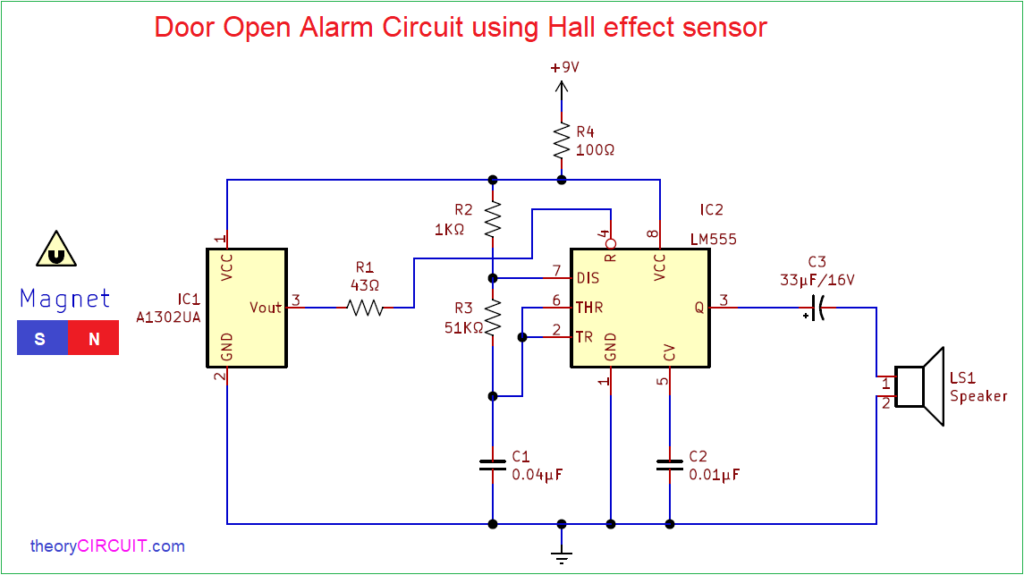

The Thing will then connect to your phone.
#Piezo sensor password#
One can turn on hotspot on your phone and set up ssid and password from there. If the ESP8266 is off you would receive an “upload_mem” error.Ĭampus wifi does not work for the Thing due to its security settings.
#Piezo sensor code#
After ensuring that the connections to the computer system and the boards are proper, the ESP8266 thing is turned on and code is uploaded.An experiment is conducted to detect vibration using this sensor.In all the widgets, frequency of requests is set to push.In the Blynk value display widget settings and then click on pin to select virtual pin V0. Get Auth Token for the new project, and paste it at the blynk token in the Arduino Sketch code given above.Create a new project in Blynk, and select the hardware model ESP8266.
#Piezo sensor serial#
Since there is a conflict between the chip and serial monitor, Blynk is used instead. char ssid = "***" // ***your wifi name char pass = "***" // ***and password const int PIEZO_PIN = A0 // Piezo output void setup () char auth = "***" // ***Type in your Blynk Token // Your WiFi credentials. Go to the Project Settings (nut icon). You should get Auth Token in the Blynk App. Type the Blynk Auth Token, Wifi name and password in the corresponding “***” 1 Now in Arduino IDE, open a new sketch, paste the following code: (%myDocument% should be %your_user_name/documents% on Windows). Unzip it and move it to %myDocuments%/Arduino/libraries
#Piezo sensor install#
On your smart phone, install “Blynk” and register.If you don’t see it, close and reopen the IDE. Go to Tools > Boards, select “ESP8266 Thing”.Then go to Tools > Boards > Boards Manager, search “esp8266”, and install it.Into the “Additional Board Manager URLs” text box. Additionally, to dampen voltage spikes the Piezo sensor is loaded with a large resistor of 1 Mega Ohm.The Piezo sensor is grounded on one end, and a generated voltage is routed to the Arduino’s A0 ADC pin.

For instance, the black wire on the FTDI will go to the last port of the ESP8266 board and so on.Then, connect the other ends of the wire to ESP8266 board in a serial order and not according to the labelling on the board.Connect the wires to all the FTDI ends.A Android/Apple smart phone and a computer.The sensors are either directly mounted into additional holes into the cylinder head or the spark/glow plug is equipped with a built-in miniature piezoelectric sensor.In the automotive industry, piezoelectric elements are used to monitor combustion when developing internal combustion engines.Piezo acts as a pressure sensor in the touch pads of mobile phones.Because they produce such high voltages, large resistors are often used to “load down” the piezo sensor in vibration-sensing applications.Piezo’s have the potential to produce very large AC voltage spikes - ranging upwards of +/-50V.Piezos can be used for energy harvesting. They are ideal for low-power flex, touch, and vibration sensing.They are unique because they produce an alternating current (AC) voltage when stressed, converting mechanical energy to electrical.Piezo sensors generate electric charge on the application of stress.Shopping from Gravity: Digital Piezo Disk Vibration Sensor or DFRobot Distributor.IoT - Piezoelectric sensor hookup guide - MAE540-2017 Team 1īy Brandon Butterfield, Rutvij Naik, Sankaranand Ramasamy, Sai Nizampatnam, Sujeet Krishnan Introduction to Piezoelectric sensor When no pressure is applied to the piezoelectric ceramics, the analog output is 0 when pressure is applied to the piezoelectric ceramics, the analog output will being correlated to the amount of pressure.įor any questions/advice/cool ideas to share, please visit DFRobot Forum. Val=analogRead(0) //Connect the sensor to analog pin 0 Power supply: Not necessary to power the module Therefore the volatage is propotional with the strength of vibration. The DFRobot Vibration Sensor buffers a piezoelectric transducer that responds to strain changes by generating a measurable output voltage change. Analog_Piezo_Disk_Vibration_Sensor_SKU_DFR0052_-DFRobot


 0 kommentar(er)
0 kommentar(er)
